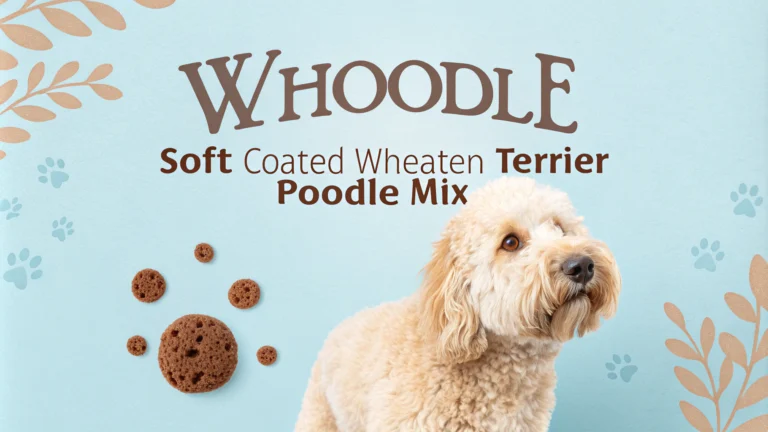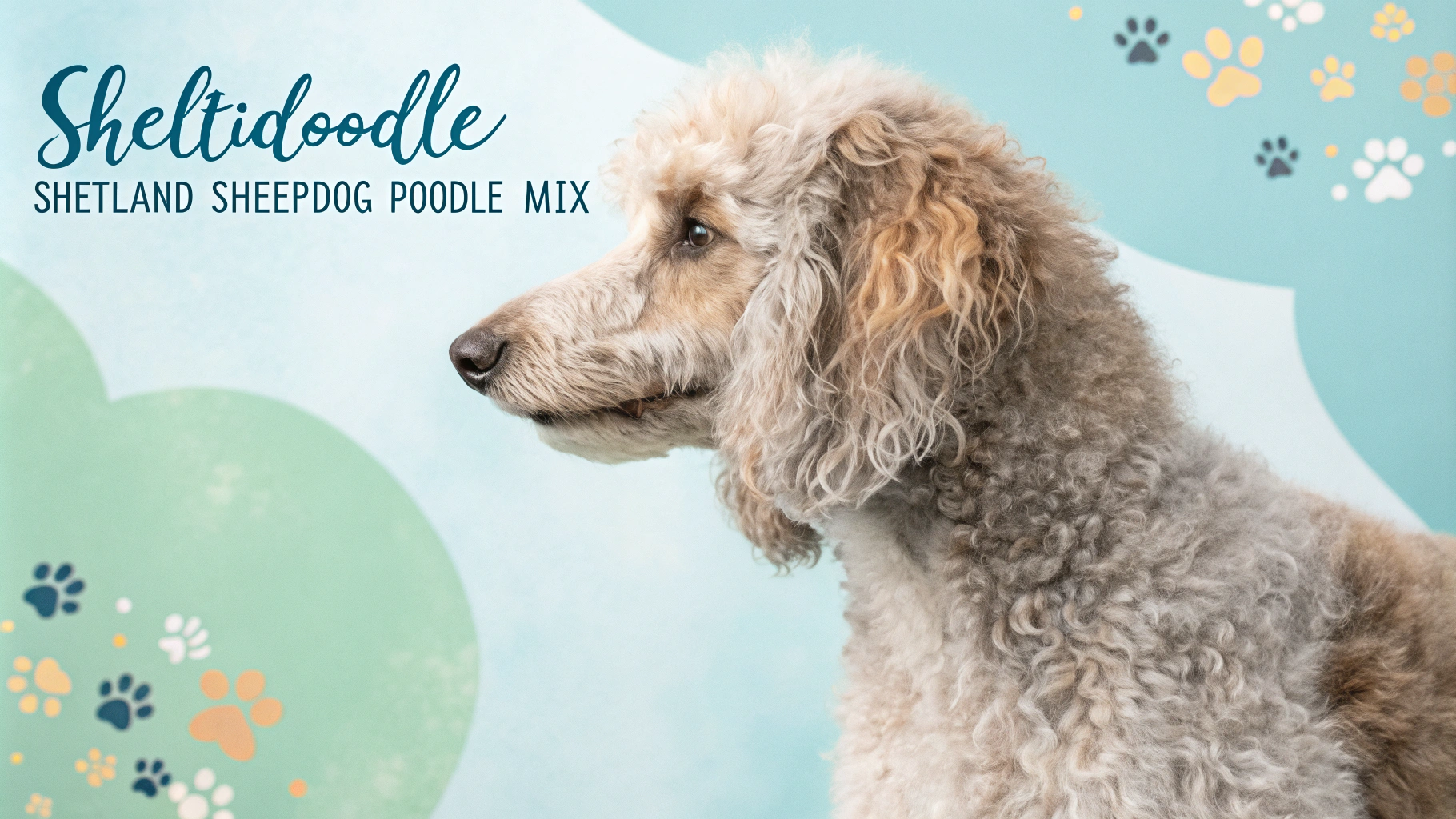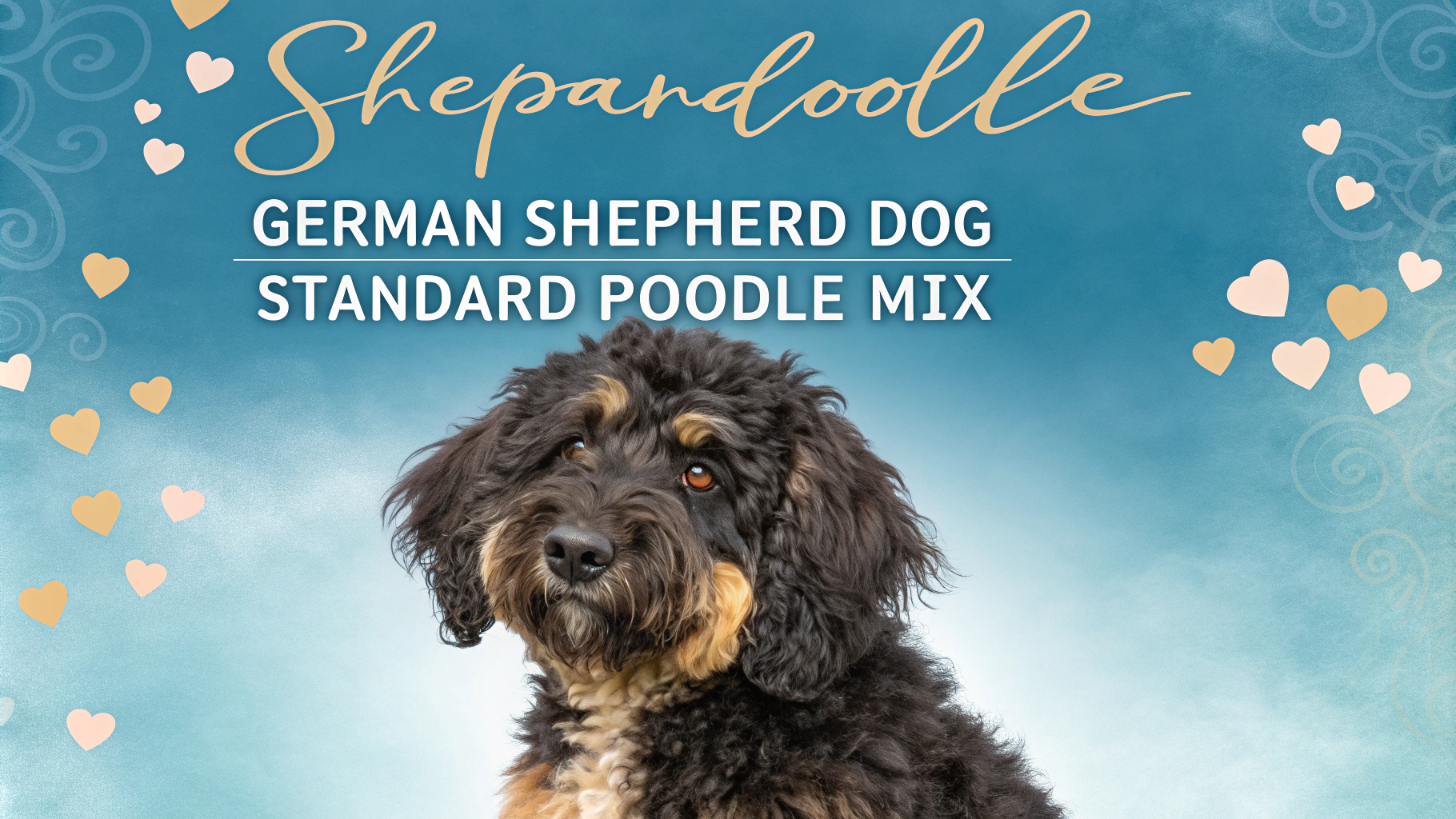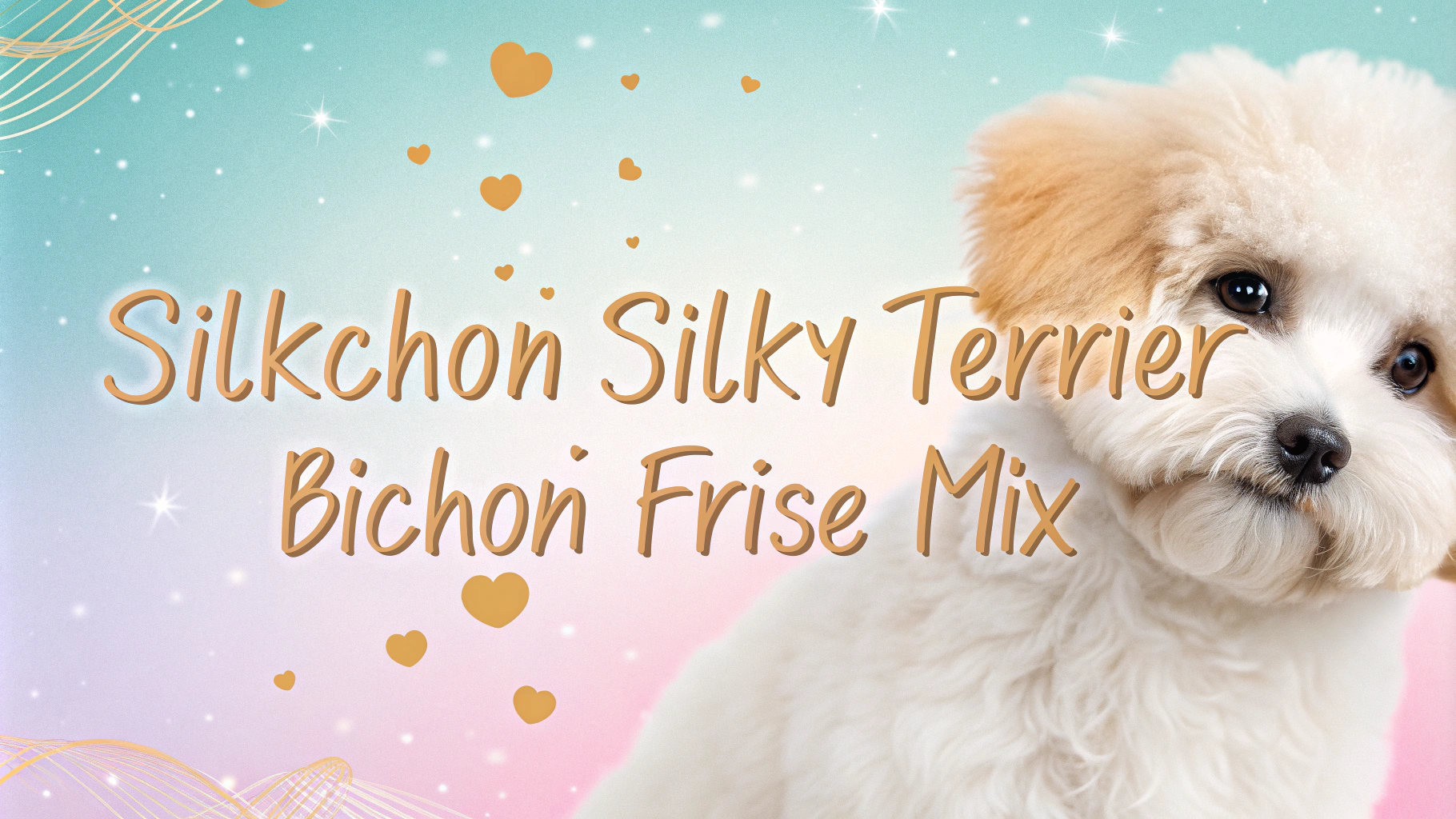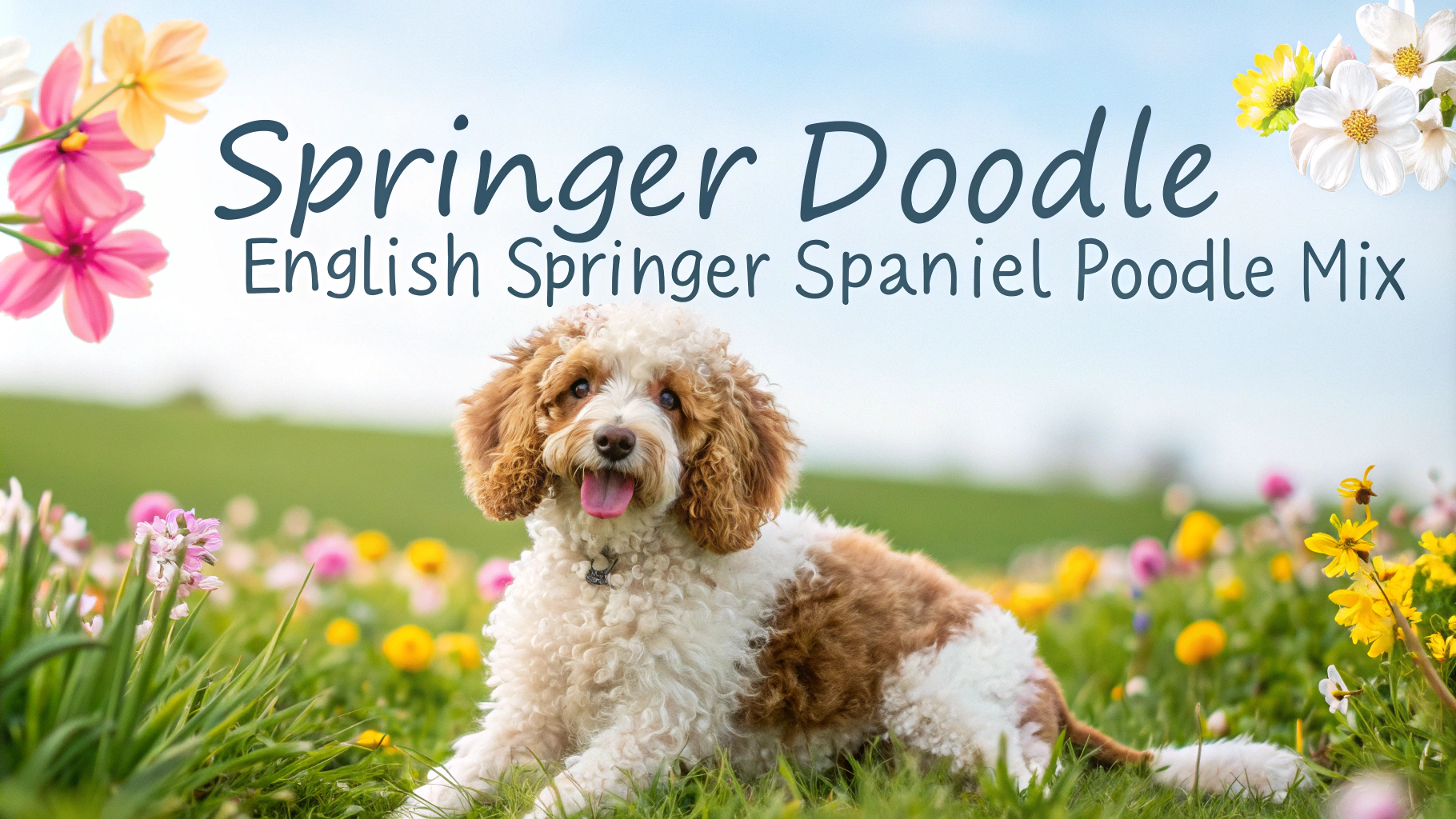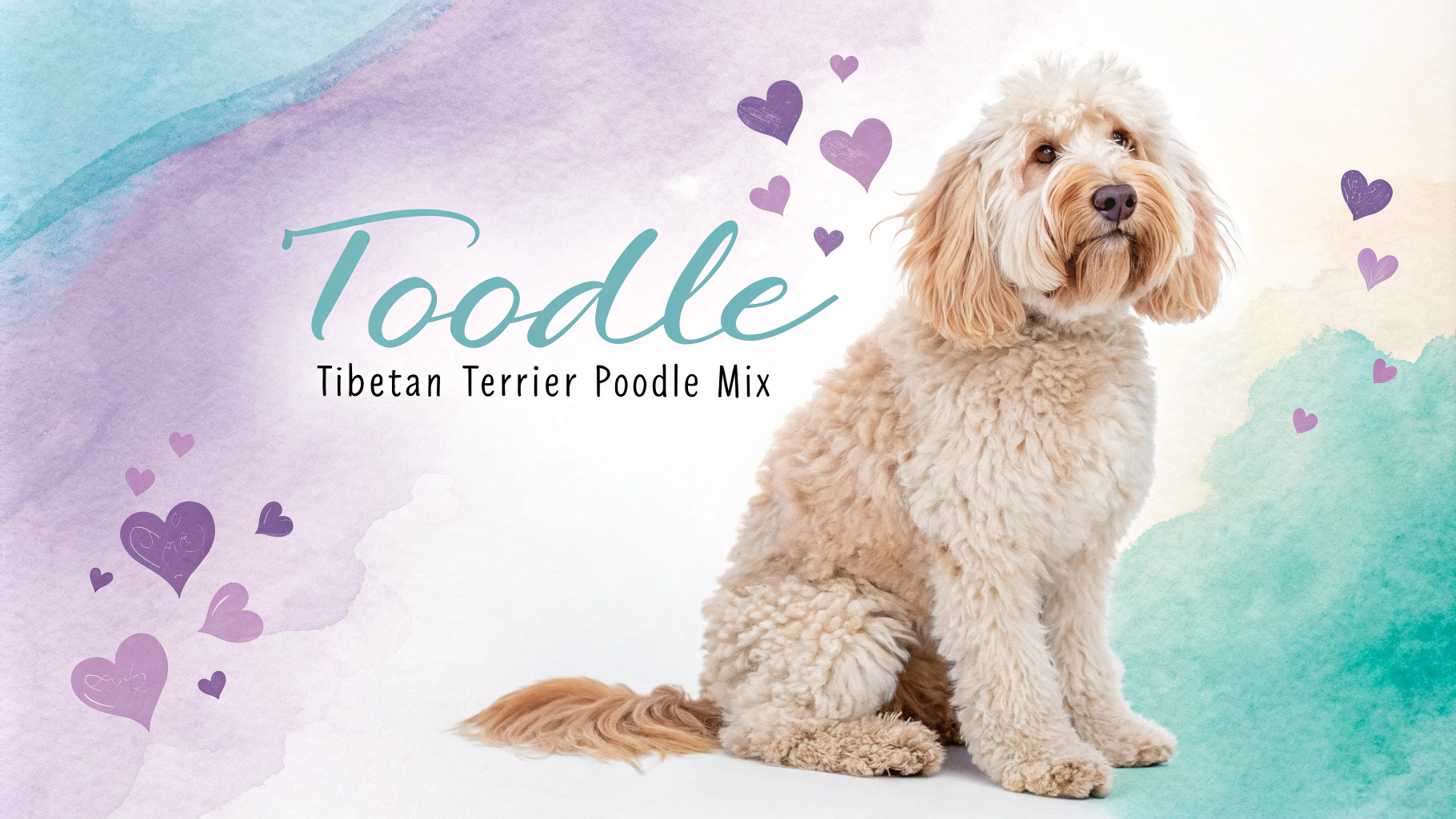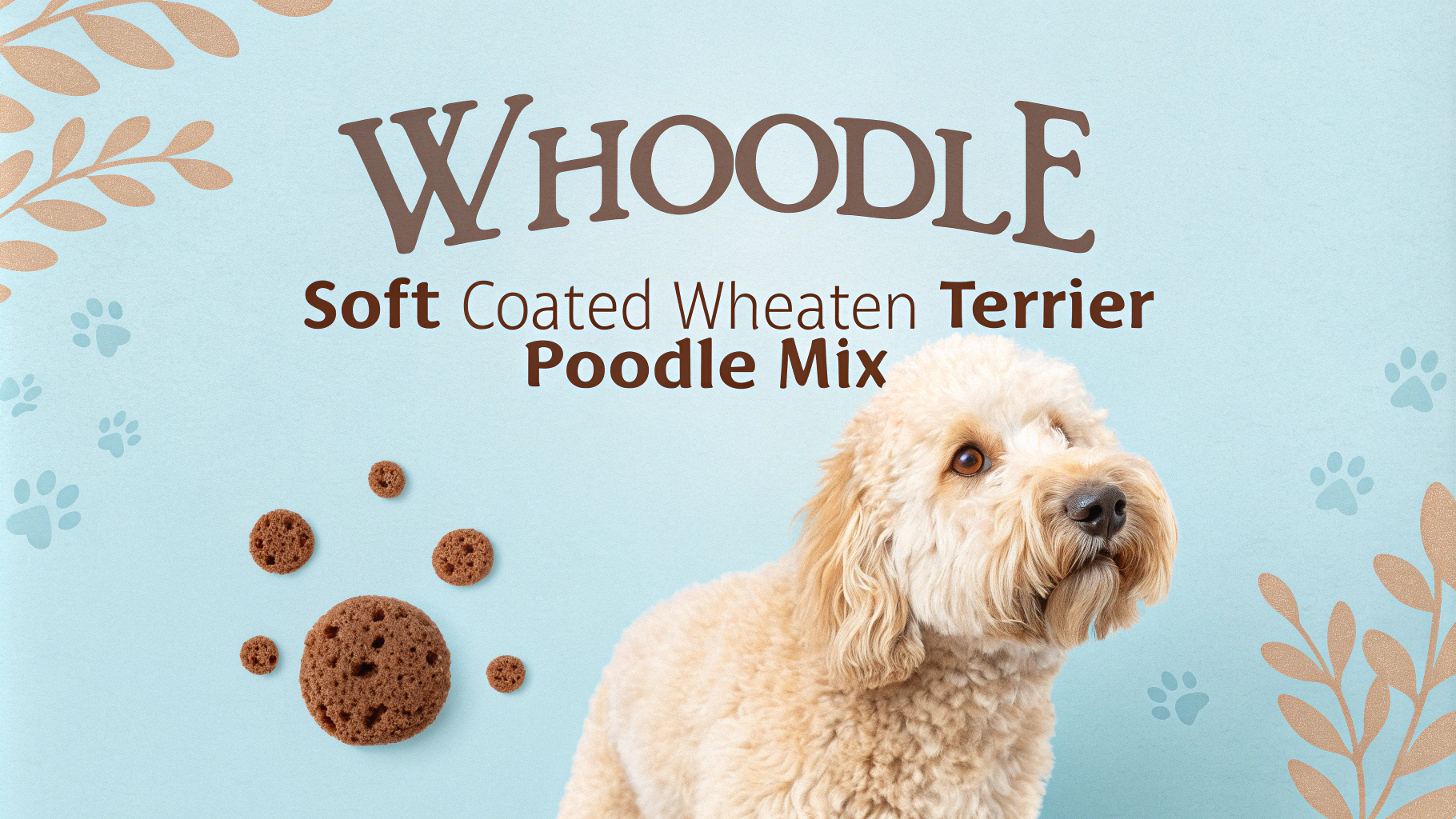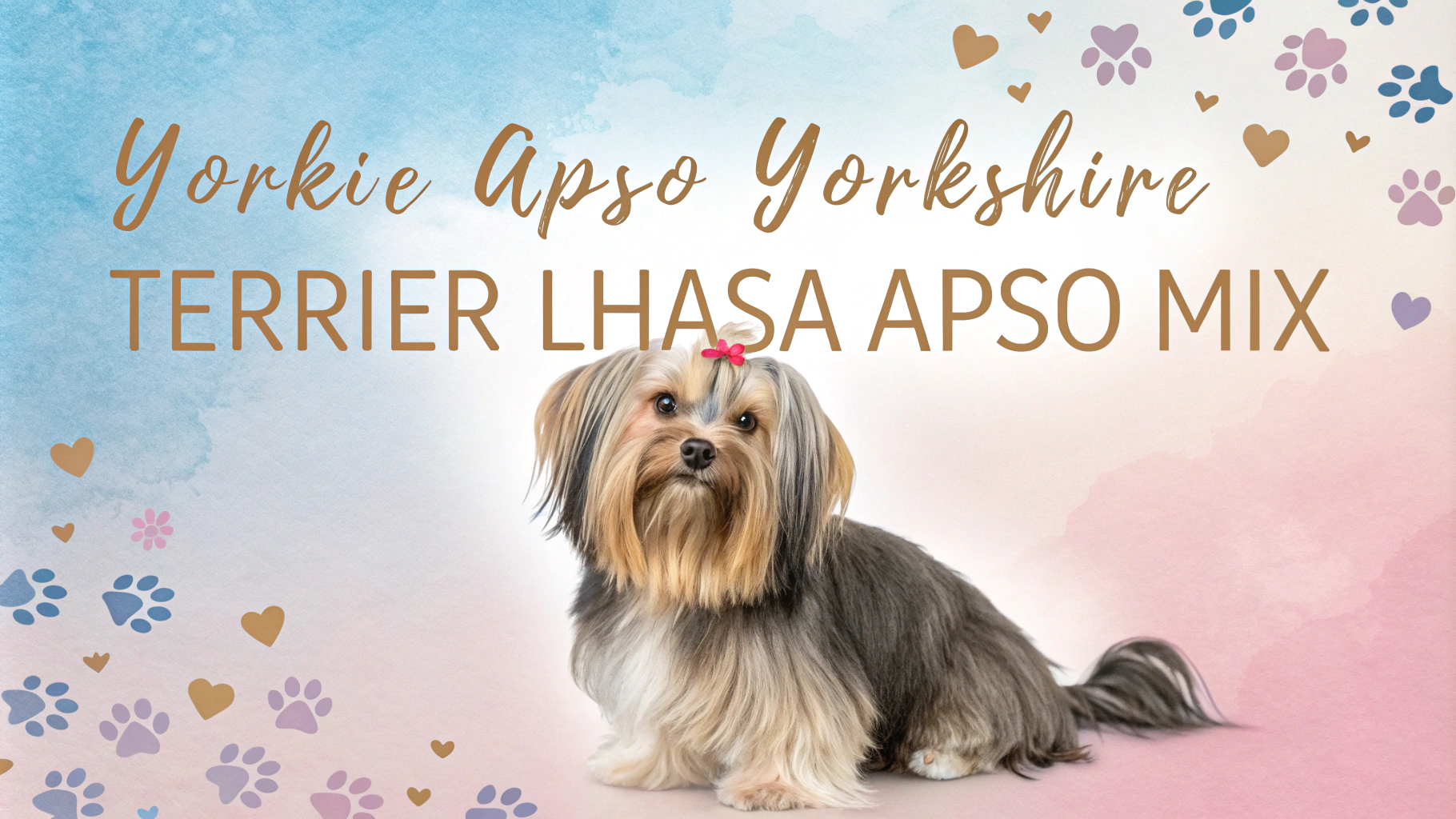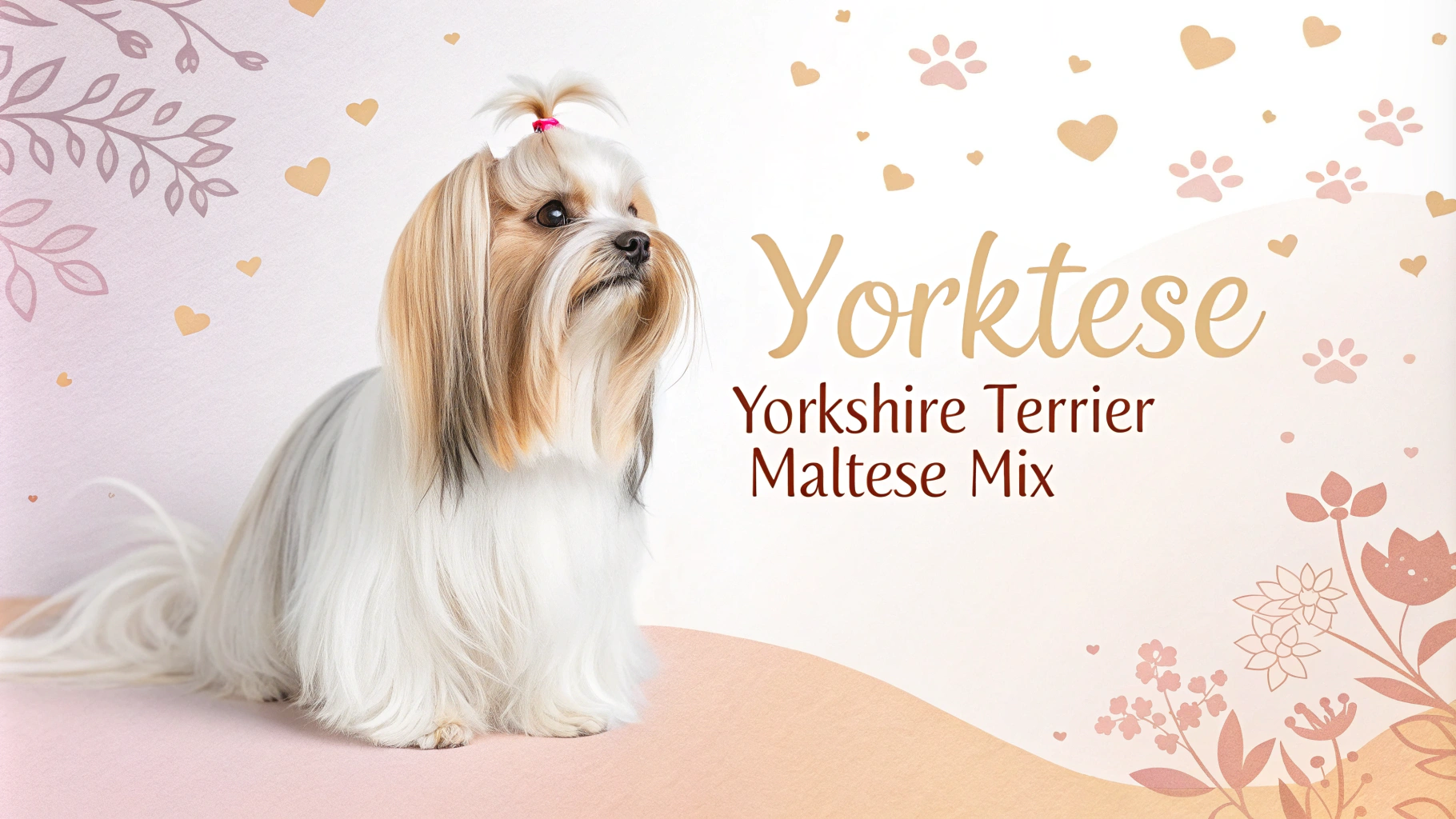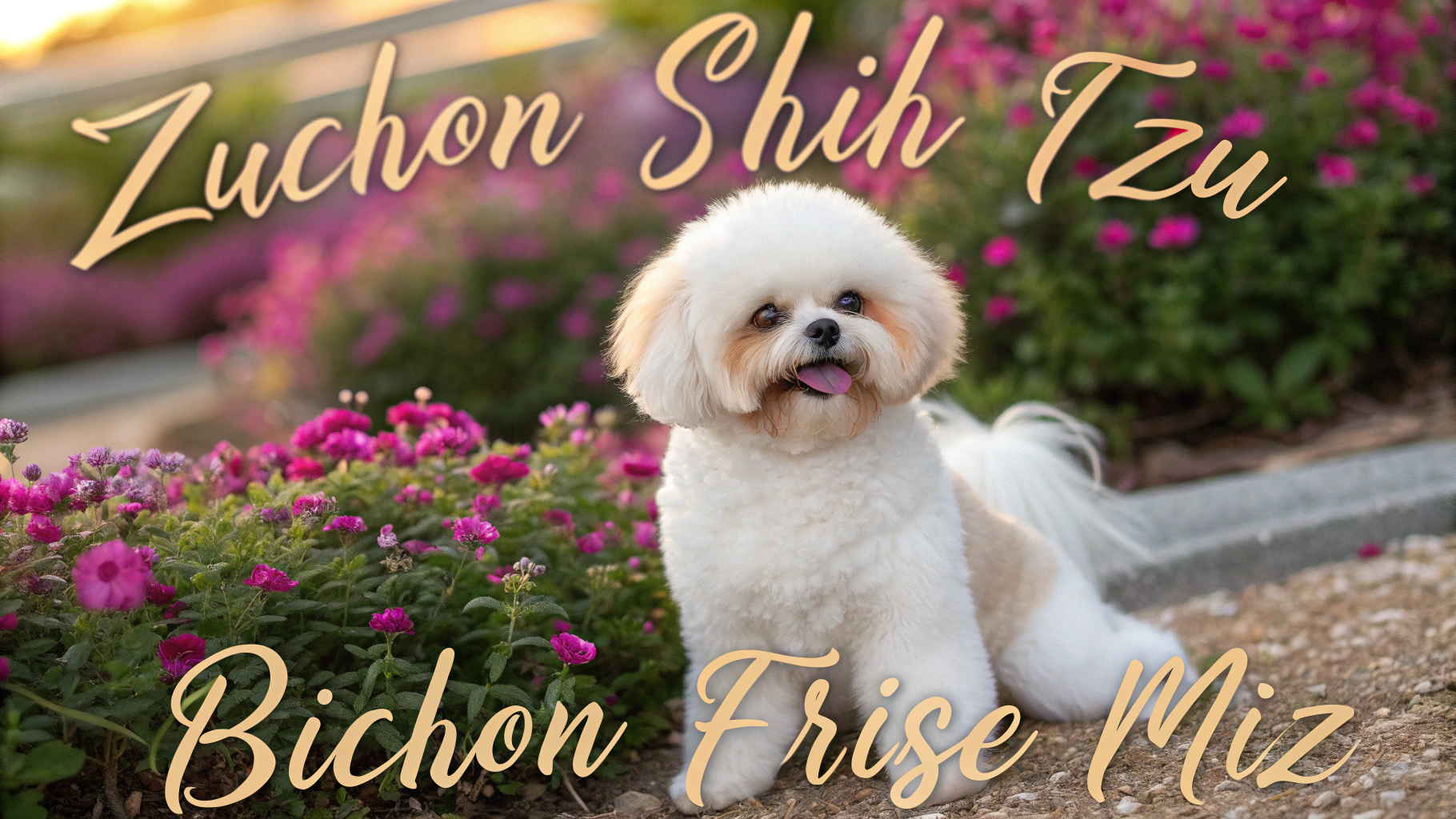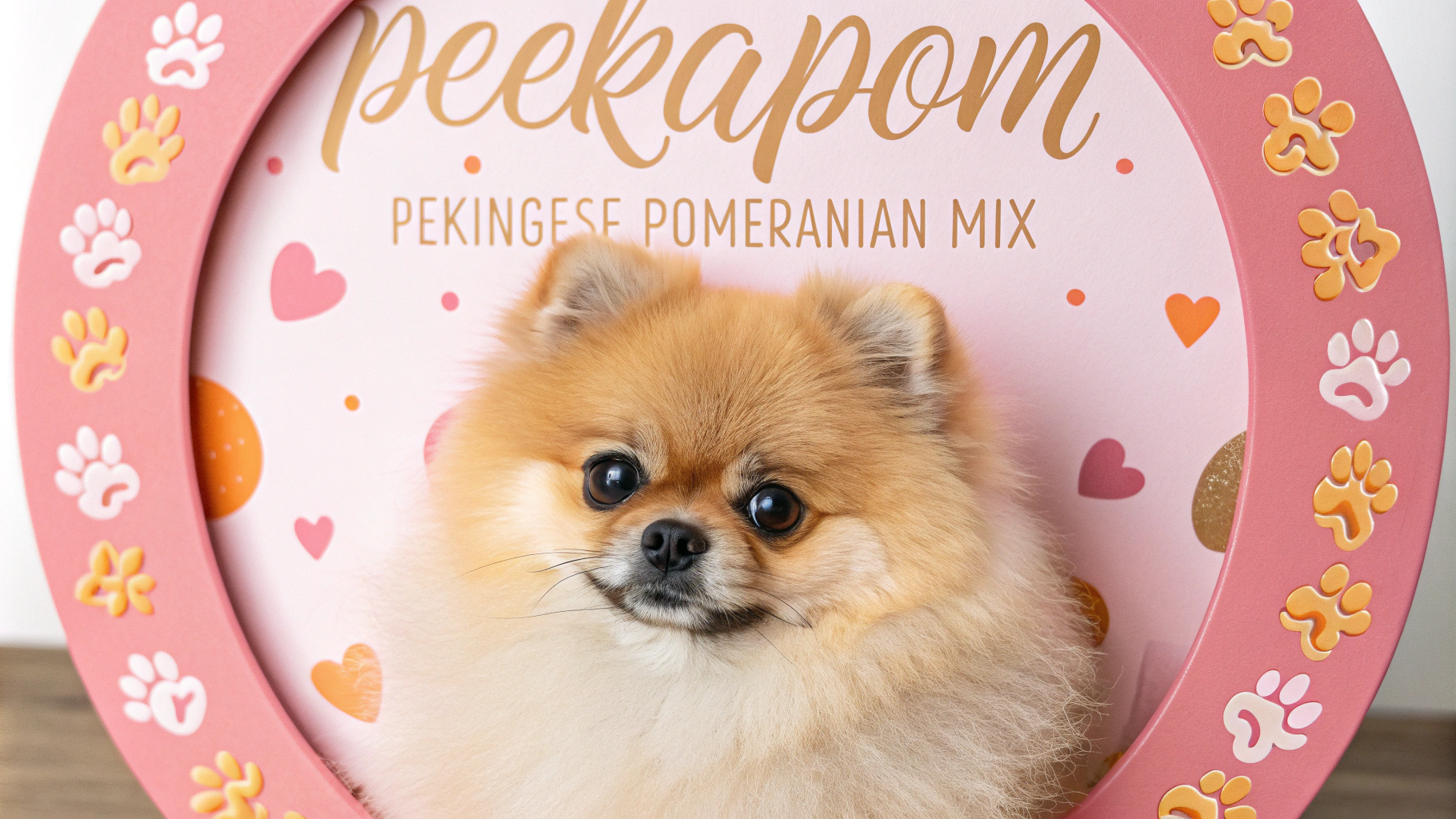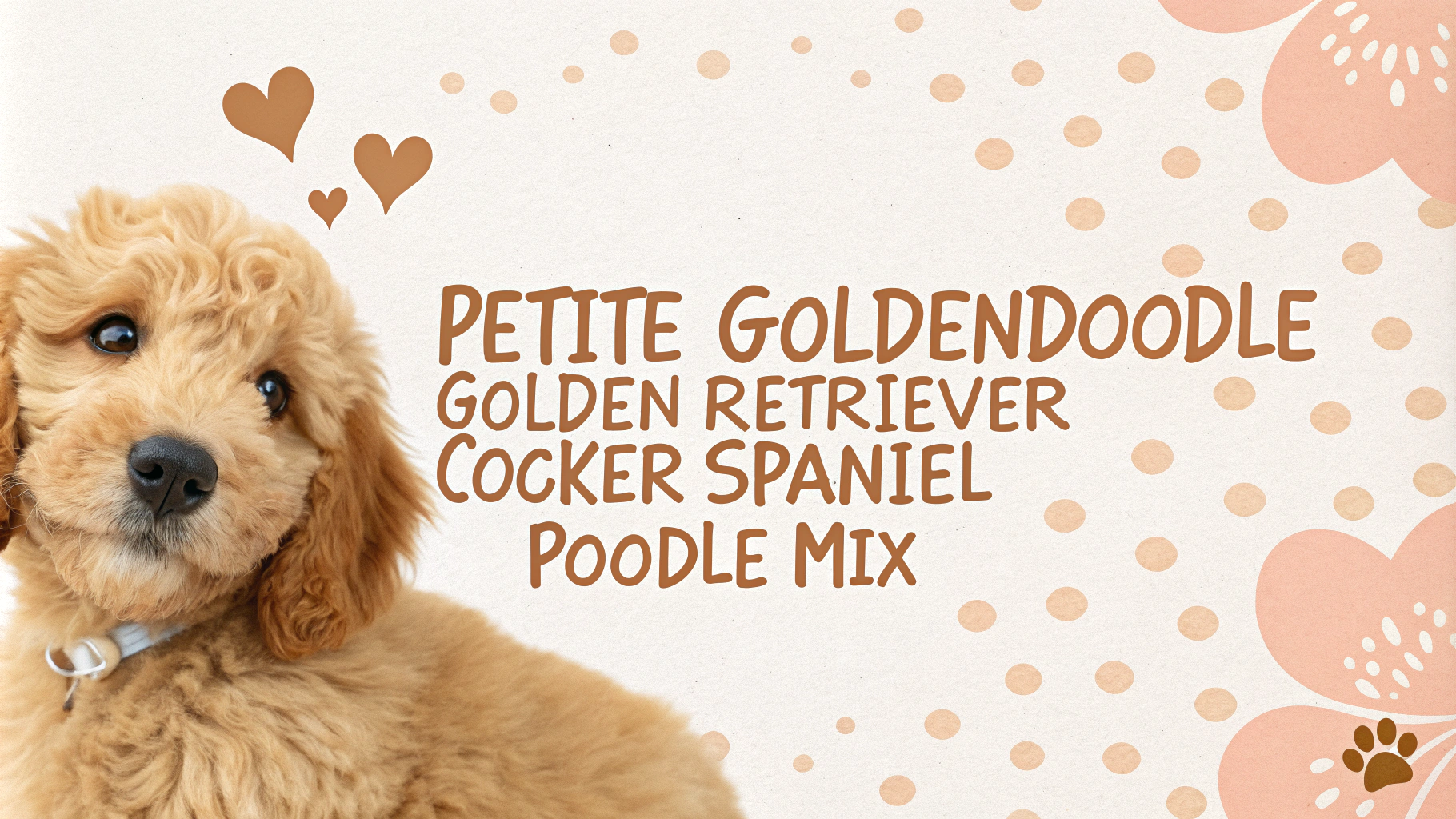The Whoodle is a charming mixed breed dog resulting from crossing a Soft Coated Wheaten Terrier with a Poodle. This designer dog combines the intelligence and hypoallergenic coat of the Poodle with the friendly and energetic nature of the Wheaten Terrier. Whoodles are known for their playful personalities, loyalty to their families, and adaptability to various living situations. As with any mixed breed, their appearance and traits can vary, but they generally inherit positive characteristics from both parent breeds.
Key Facts
- Size: Medium to large, typically 20-45 pounds and 12-20 inches tall
- Coat: Soft, wavy to curly, low-shedding, and often hypoallergenic
- Lifespan: 12-15 years
- Colors: Various, including wheaten, black, brown, and combinations
- Temperament: Intelligent, friendly, energetic, and affectionate
- Good with: Families, children, other pets (with proper socialization)
- Exercise needs: Moderate to high
- Trainability: Generally easy to train due to intelligence and eagerness to please
Character Traits
Whoodles are known for their friendly and outgoing personalities, often inheriting the best traits from both parent breeds. They are typically intelligent, thanks to their Poodle lineage, making them quick learners and responsive to training. The Soft Coated Wheaten Terrier influence contributes to their playful and energetic nature, ensuring they’re always up for a good game or adventure. Whoodles are generally affectionate with their families and good with children, making them excellent family pets. They often have a moderate to high energy level, requiring regular exercise and mental stimulation to stay happy and well-behaved. While usually friendly, they may inherit some of the Wheaten Terrier’s protective instincts, potentially making them good watchdogs. Socialization from an early age is important to ensure they develop into well-rounded adults. Overall, Whoodles are adaptable, loving, and fun-loving companions that thrive on human interaction and engagement.
History & Origins
The Whoodle is a relatively new designer dog breed, likely originating in the United States within the last few decades. Like many hybrid breeds, the exact origins of the Whoodle are not well-documented. The breed was likely developed to combine the hypoallergenic qualities of the Poodle with the friendly, robust nature of the Soft Coated Wheaten Terrier. To understand the Whoodle better, it’s important to look at the histories of its parent breeds. The Poodle, despite its association with France, originated in Germany as a water retriever. It’s known for its intelligence and low-shedding coat. The Soft Coated Wheaten Terrier hails from Ireland, where it was bred as an all-purpose farm dog, known for its friendly disposition and soft, wheat-colored coat. The combination of these two breeds aims to produce a dog with a hypoallergenic coat, high intelligence, and a friendly, energetic personality. While not recognized by major kennel clubs as a distinct breed, Whoodles have gained popularity among those seeking a smart, affectionate, and potentially hypoallergenic family companion.
Health Concerns
The Whoodle, like many mixed breeds, may inherit health issues from both parent breeds. Common concerns include:
- Hip dysplasia: A genetic condition affecting the hip joint
- Eye problems: Such as progressive retinal atrophy and cataracts
- Addison’s disease: A hormonal disorder more common in Poodles
- Protein-losing nephropathy (PLN): A kidney disease prevalent in Soft Coated Wheaten Terriers
- Skin allergies: May cause itching and discomfort
Regular veterinary check-ups, genetic testing, and maintaining a healthy lifestyle can help mitigate these risks. It’s crucial to obtain a Whoodle from a reputable breeder who conducts health screenings on parent dogs.
Exercise Needs
Whoodles are energetic dogs that require regular exercise to maintain their physical and mental well-being. Aim for:
- Daily walks: At least 30-60 minutes of brisk walking
- Playtime: Interactive games like fetch or tug-of-war
- Mental stimulation: Puzzle toys and training sessions
- Swimming: If accessible, as many Whoodles enjoy water activities
Engaging in agility training or canine sports can be an excellent outlet for their energy and intelligence. Remember that exercise needs may vary depending on the dog’s age, size, and individual temperament. Puppies and younger dogs typically require more frequent, shorter exercise sessions, while older dogs may prefer gentler activities.
Space Requirements
Whoodles are adaptable dogs that can thrive in various living situations, provided their exercise and mental stimulation needs are met. Consider the following:
- Apartment living: Possible with sufficient daily exercise and mental stimulation
- House with a yard: Ideal, allowing for outdoor playtime and exploration
- Fenced area: Recommended for safe off-leash play
- Indoor space: Enough room for comfortable resting and play areas
While Whoodles can adapt to smaller living spaces, they do best with access to outdoor areas for regular exercise. If living in an apartment, ensure you can provide multiple daily outings for walks and play sessions. A securely fenced yard is beneficial but not essential if you’re committed to providing adequate exercise through other means.
Nutrition & Feeding
Proper nutrition is crucial for maintaining the health and well-being of your Whoodle. Consider the following guidelines:
- High-quality dog food: Choose a breed-appropriate formula for medium to large dogs
- Portion control: Follow feeding guidelines based on age, weight, and activity level
- Meal frequency: 2-3 meals per day for adults, more frequent smaller meals for puppies
- Fresh water: Always available and changed regularly
- Treats: Use in moderation, accounting for no more than 10% of daily calorie intake
Consult with your veterinarian to determine the best diet plan for your Whoodle, as nutritional needs may vary based on factors such as age, size, and health status. Be cautious of food allergies, which can be common in this breed, and monitor for any adverse reactions when introducing new foods. Avoid overfeeding to prevent obesity, which can lead to various health issues.
Grooming Tips
The Whoodle’s coat requires regular grooming to maintain its health and appearance. Brush your Whoodle’s coat 3-4 times a week using a slicker brush or metal comb to prevent matting and remove loose hair. Pay special attention to areas prone to tangling, such as behind the ears, under the legs, and around the tail. Professional grooming every 6-8 weeks is recommended for coat trimming and maintenance.
Bathe your Whoodle every 4-6 weeks or as needed, using a gentle dog shampoo. Regular ear cleaning is essential to prevent infections, especially due to the floppy ears inherited from the Soft Coated Wheaten Terrier parent. Trim nails every 2-3 weeks or as needed, and brush teeth several times a week to maintain good oral hygiene.
The Whoodle’s coat is typically low-shedding, making it a good choice for allergy sufferers. However, this also means that hair that would normally shed remains in the coat, increasing the importance of regular brushing to prevent matting. During seasonal changes, you may need to increase grooming frequency to manage any additional shedding or coat changes.
Training Approach
Training a Whoodle requires patience, consistency, and positive reinforcement techniques. These intelligent dogs inherit the Poodle’s eagerness to please and the Soft Coated Wheaten Terrier’s playful nature, making them generally responsive to training. Early socialization is crucial to ensure your Whoodle grows into a well-adjusted adult dog.
Use reward-based training methods, offering treats, praise, and playtime as incentives for good behavior. Whoodles can be sensitive, so avoid harsh corrections or punishment-based training approaches. Keep training sessions short (10-15 minutes) and engaging to maintain your dog’s interest and prevent boredom.
Focus on basic obedience commands such as sit, stay, come, and leave it. Incorporate training into daily activities and walks to reinforce good behaviors. Whoodles may inherit a tendency to chase small animals from their terrier heritage, so leash training and a solid recall command are essential. Mental stimulation through puzzle toys and interactive games can help prevent boredom and reduce the likelihood of destructive behaviors.
